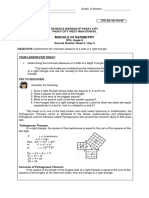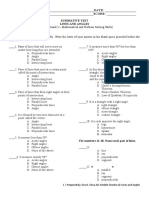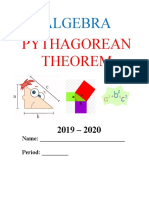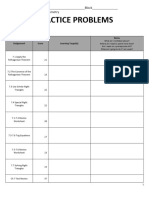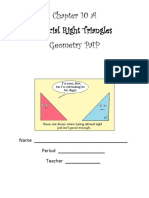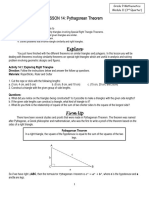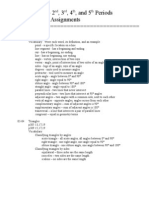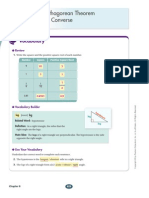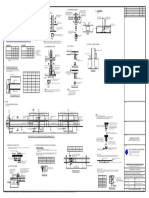0% found this document useful (0 votes)
57 views5 pagesPythag Theorem
The document provides exercises and examples related to the Pythagorean Theorem and its applications in determining the lengths of sides in right triangles. It includes problems for finding missing side lengths, classifying triangles based on side lengths, and real-world applications involving right triangles. Additionally, it emphasizes the importance of understanding triangle classification and the relationships between side lengths.
Uploaded by
kreynoldsCopyright
© © All Rights Reserved
We take content rights seriously. If you suspect this is your content, claim it here.
Available Formats
Download as PDF, TXT or read online on Scribd
0% found this document useful (0 votes)
57 views5 pagesPythag Theorem
The document provides exercises and examples related to the Pythagorean Theorem and its applications in determining the lengths of sides in right triangles. It includes problems for finding missing side lengths, classifying triangles based on side lengths, and real-world applications involving right triangles. Additionally, it emphasizes the importance of understanding triangle classification and the relationships between side lengths.
Uploaded by
kreynoldsCopyright
© © All Rights Reserved
We take content rights seriously. If you suspect this is your content, claim it here.
Available Formats
Download as PDF, TXT or read online on Scribd
/ 5






